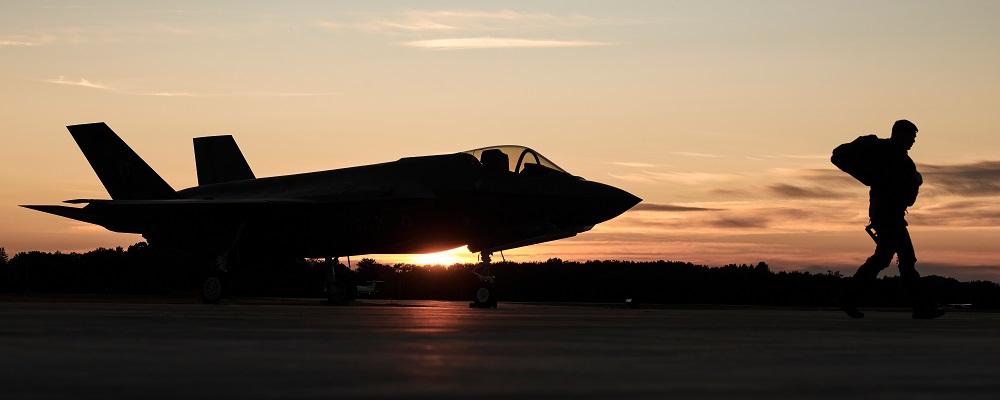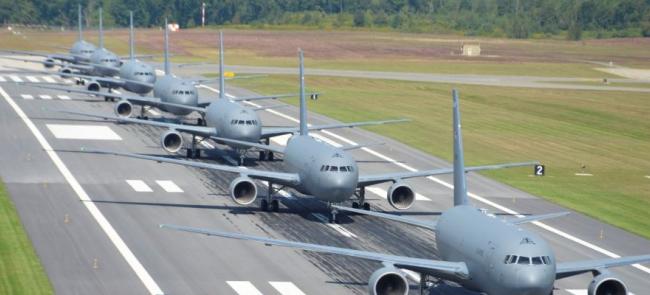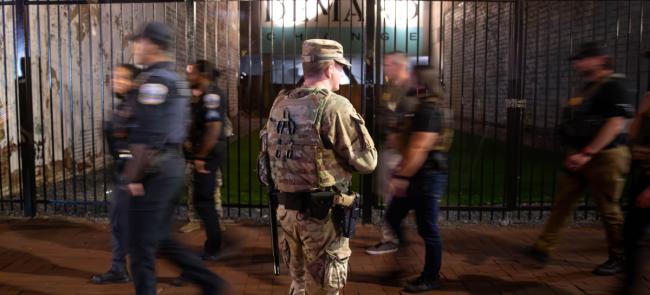
The Air Force will not conduct a new noise effects assessment of new F-35 aircraft at South Burlington Air Base, according to a report from the Associated Press.
The Vermont Air National Guard’s 158th Fighter Wing recently received the first two of 20 F-35A Lightning II fighters. But the arrival of the next-generation aircraft has not been without controversy as some neighbors have worried about increased noise around the Burlington base.
One outspoken critic, retired Col. Rosanne Greco, had requested a new assessment of noise effects, but Assistant Secretary of the Air Force John W. Henderson rejected the request, according to reports.
Much of the concern surrounds the use of the Lightning II’s afterburners on takeoff. However, the Air Force reaffirmed its prediction that the 158th will only use afterburners in 5% of the take offs. Still, critics like Greco remain unconvinced.
“They talked about tracking afterburner takeoffs, but said nothing about what they would do if their estimates were wrong or if their plans didn’t work out,” Greco said while speaking to reporters from MyChamplainValley.com. “Citizens deserve to know the what-ifs.”
Greco has been against the stationing of the F-35s in Vermont for some time. In early September, Greco and retired Lt. Col. Roger Bourassa were arrested after the pair staged a “sit-in protest” at Vermont Sen. Patrick Leahy’s office in Burlington, according to Air Force Times.
Despite the opposition, Henderson stated in his letter to Greco’s attorney that there “is neither a change in the proposed action or significant new information which would require the Air Force to prepare a supplement to the [Final Environmental Impact Statement], nor a reason to stay the F-35A operational basing at BIA.”
“The 158th Fighter Wing will continue to participate in BIA's noise mapping and update to the extent required by the BIA manager, airport noise compatibility planning,” wrote Henderson in the letter, adding that the “use of afterburners is tracked as part of the ongoing 158th Fighter Wing's monitoring program.”
The F-35s replace the unit’s F-16s, the last of which departed earlier this year.
A survey of Dutch residents living near the Royal Netherlands Air Force F-35 suggests the planes are actually quieter than the F-16. Noise measuring equipment used by the Dutch government found the F-35 at 109 decibels, three decibels fewer than the F-16 at 112 decibels.












